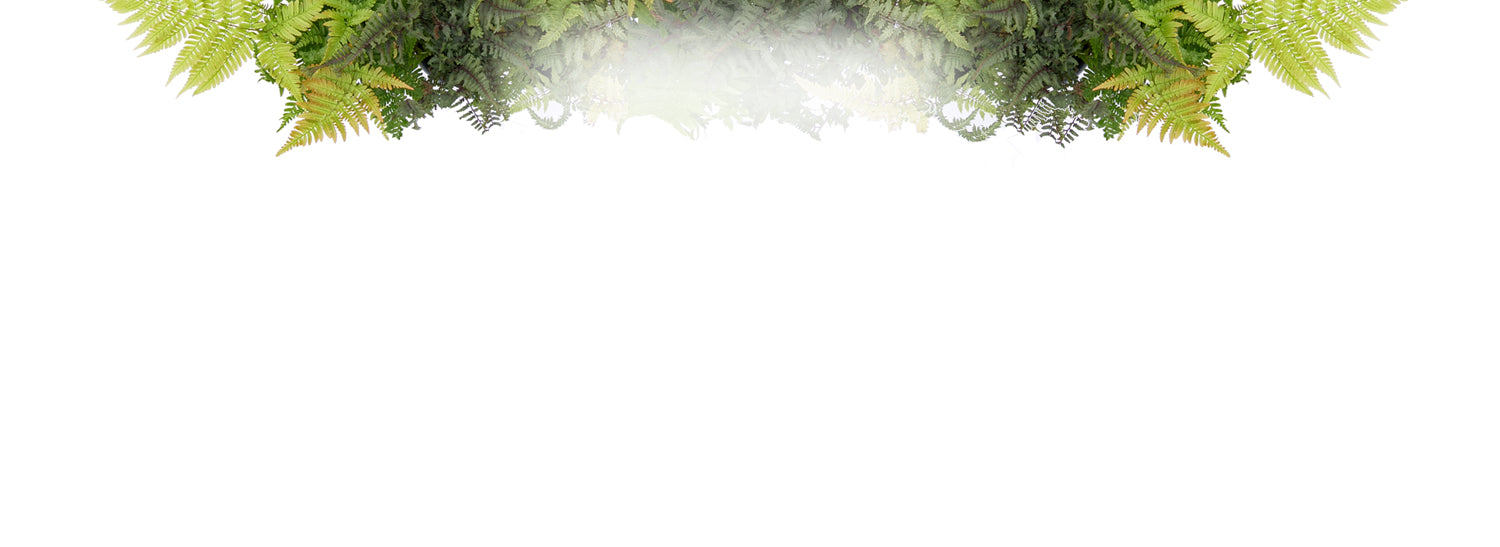Description
Plant spacing is based on the ultimate width of the plants. This figure is normally given as a range; for example, 3-5’. If you live in a cold climate and/or want plants to fill in more quickly, plan to space at the shorter end of the range. If you live in a warm climate, are on a limited budget, or are willing to wait longer for plants to touch, use the higher end of the range. Using the larger number is recommended when calculating distance from a building or structure. There’s really no such thing as "maximum spacing": if you don’t want your plants to touch, you can space them as far apart as you’d like. All plant spacing is calculated on center, or in other words, the centers of the plants are spaced one half of their eventual width apart:

Unless you are planting in a straight line, as you might for hedges or edging, space your plants in a staggered or zig-zag pattern for a more interesting and naturalistic look:

Hand-picked at our greenhouse
Shipped to your door
Arrives as young plant
Do you dream of a flower-filled landscape or garden with never-ending beauty? We do, too: that’s why we’ve compiled a list of our favorite long-blooming shrubs! Start your planting with these ten flowering shrubs that provide months instead of weeks of colorful blooms.
I ordered 2 of these Spirea. They arrived with half of each one brown, looking dead. Knowing that we had a heat wave going on while they were in shipment I decided to plant them and see how they did before complaining. After about a week I see new growth all over the plant, even the dead side. So, they have a healthy root system, just like I hoped. I can't wait to see them mature and bloom.



